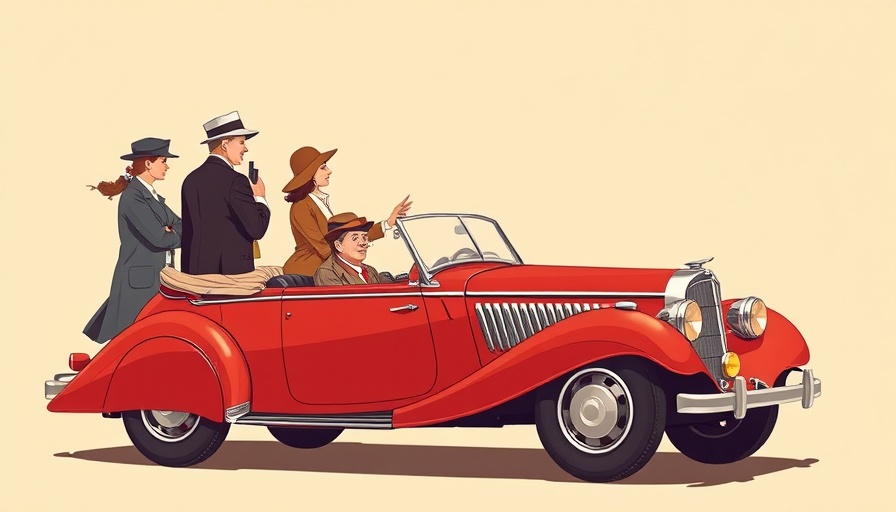
Foster + Partners Unveils Ambitious Plans for Manchester United Stadium
In a groundbreaking announcement, Foster + Partners has revealed stunning new designs for Manchester United's upcoming stadium, set to accommodate a massive 100,000 fans. This innovative structure is projected to surpass London’s Wembley Stadium, which seats 90,000, making it a significant milestone in UK sports architecture.
The Vision Behind the Design
Norman Foster, the firm’s founder and a Manchester native, emphasized the importance of creating a stadium that resonates with the club's rich heritage while pushing forward into modernity. The proposed stadium will feature a stunning 'umbrella' roof, designed not only to provide shelter but also to harness solar energy and collect rainwater, contributing to sustainability. This vision posits the stadium as not merely a sports venue but as a vibrant part of the community’s landscape, enveloped by a public space as large as Trafalgar Square.
What’s Next for Old Trafford?
While the plans for the new stadium are exciting, questions linger about the future of the iconic Old Trafford, which has been the club's home for over a century. Current assessments indicate that refurbishing Old Trafford might cost between £1 billion and £1.2 billion while decreasing its current capacity. This has led Manchester United to lean toward constructing a new state-of-the-art facility that can enhance the fan experience.
Enhancing the Fan Experience
The new stadium aims to revolutionize how fans engage with the game. Jim Ratcliffe, Manchester United's billionaire co-owner, envisions this facility not as a fortress separated from the city but as an anchor for urban community life, celebrating the spirit of Manchester. Ratcliffe remarked, "We will be able to preserve the essence of Old Trafford while creating a truly state-of-the-art stadium that transforms the fan experience." This aligns with the rising trend of making sports venues more integral to their locales.
Community Benefits and Urban Development
Beyond football, the development encapsulates wider community aspirations. The plans include not just the stadium but also a masterplan for the surrounding Salford Quays area, promising new homes and workspaces that will benefit local residents. This holistic approach signifies a paradigm shift in how stadiums are integrated into urban planning, ensuring they contribute positively to the community’s social fabric and economy.
Future Implications and Sustainability
The vision for Manchester United's new stadium introduces several implications for future sports architecture. Incorporating sustainable technologies and creating multifunctional community spaces can serve as a new benchmark for designs in this realm. As sports facilities evolve, there is a growing demand for them to reflect cultural values and address environmental responsibilities.
This proposed stadium not only holds remarkable architectural promise but also stands as a testament to how sports and community can unite through innovative designs and sustainable practices. For digital nomads and ergonomics enthusiasts, this project illustrates how dynamic designs can enhance not just physical comfort but the overall livability and vitality of urban experiences.
Conclusion: The Road Ahead
As Manchester United embarks on this ambitious journey, the focus will be on navigating the complexities of funding and construction timelines. The potential collaboration with architects like Foster + Partners signals an exhilarating phase for sports architecture, with the possibility of setting new standards that capture the hearts of fans and communities alike. As plans progress, all eyes will be on Manchester to witness how this iconic football club can innovate while staying true to its storied legacy.
 Add Row
Add Row  Add
Add 




Write A Comment